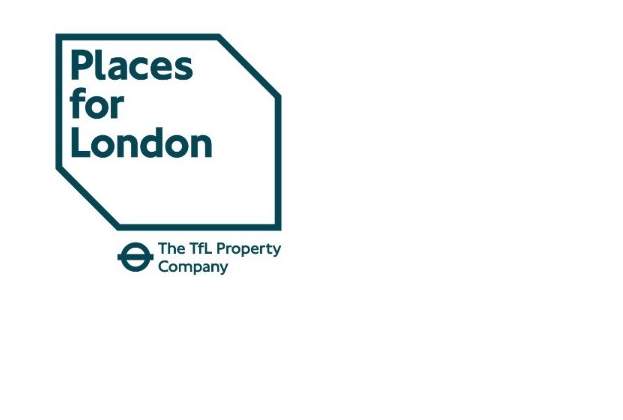One of the challenges of a cross-border approach to sustainability is the different priorities, issues and infrastructure already in place in each country. For example, Switzerland and Norway generate over 95 per cent of their electricity from renewables or hydro, so there may be limited benefit to a mass rollout of solar panels on shopping centre roofs, compared with Malta and Cyprus where the climate is both considerably sunnier and fossil fuels still generate more than 80 per cent of their electricity.
An attempt has been made – and is currently being developed – to have EU member states align with common sustainable goals thanks to the EU Taxonomy, a classification system with the aim of helping investors redirect and increase sustainable investment in Europe. However, this tool is neither fully complete nor is it mentioned in many national programmes, especially when other topics take over the political agenda, such as the increased price of energy, inflation or the war in Ukraine.
In addition, there are numerous site and owner-specific peculiarities, especially in the retail sector. In the Netherlands there are fewer large-scale shopping centres than in many other European markets and the majority of stock is located in inner cities. These areas contain a high share of older properties that are more difficult to retrofit. Furthermore, ownership is highly fragmented, and – for private investors especially – incentives for improving the sustainability of properties are low.
Solutions within retail also differ. There are certain overarching measures that can be implemented in all properties, such as the use of LED lighting, substitution of windows or installation of photovoltaic panels on the roof, but each retail type has specific requirements. For instance, social factors are of greater importance in shopping centres than in other retail properties. The so-called Social Taxonomy is currently being worked on, a first draft of which is scheduled to be released by the end of 2022. This should harmonise social goals to be pursued by EU investors.
To comply with future ESG legislation and obligations, individual companies are taking the bull by the horns and pushing ahead. For example, Pradera Asset Management’s commercial centres in Italy are currently undergoing a process of ESG-assessment by Savills Building and Project Consultancy team with the aim of obtaining a BREEAM certification level Very Good through retrofitting.
While still relatively uncommon, green leases have been on the rise in some markets and there are more and more retail tenants who are pushing the issue of sustainability based on their own corporate strategy. For example, the REWE Group, one of the largest German food retailers, only considers assets built according to its certified Green Building Standard.
Although the structural problems of the retail sector and the aftermath of Covid-19 are often seen as the sector’s biggest challenges, it is just as affected by regulation as any other commercial buildings. ESG needs to be considered as a priority in any forward-looking retail property. Continued perseverance could make participation in the capital market and the attractiveness of the asset class increasingly difficult.
Fortunately, investors’ ESG strategies are starting to move the debate forward and will inevitably feed down to smaller assets, and the entire retail sector, over time.
Further information
Contact Rebecca Hummel or Federico Gori




.jpg)

.jpg)



.jpg)